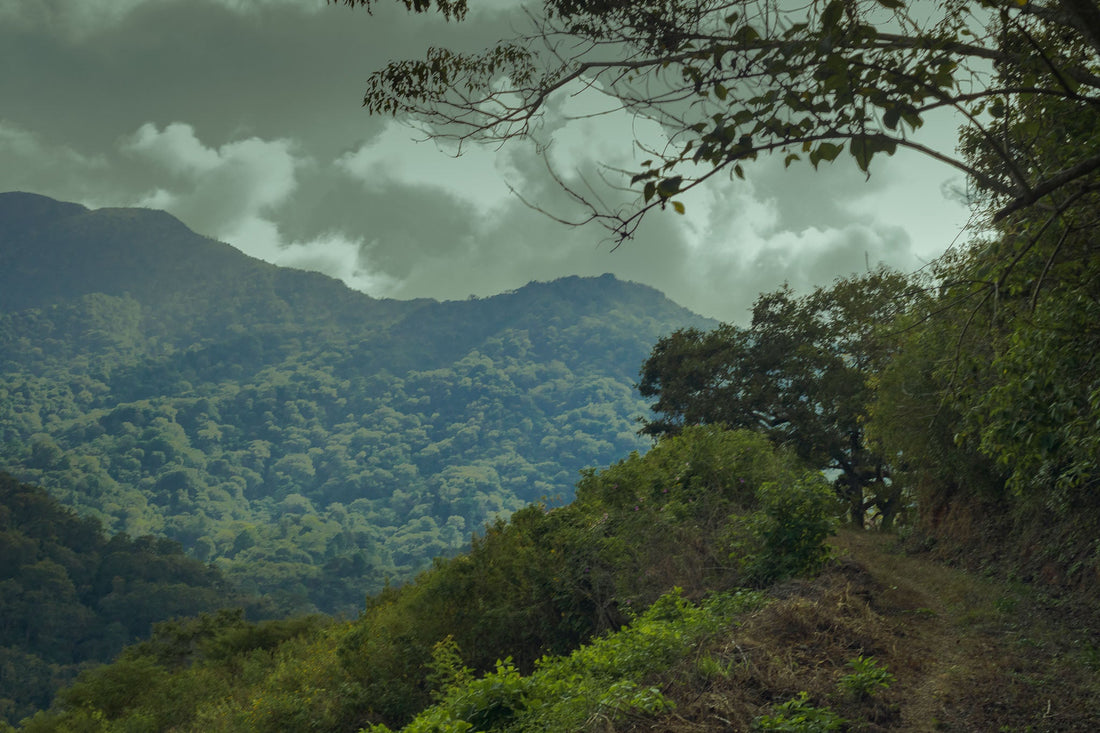
DOES COFFEE ALTITUDE MATTER?
Share
HAVE YOU EVER WONDERED IF COFFEE ALTITUDE REALLY MATTERS?
You’ve probably heard that a coffee’s altitude determines its quality—but… what does that really mean, and why is it so important?
First of all, you can usually find the altitude of your coffee right on the label of the bag.
This elevation is typically written as a range. For example, if it says 1,100 – 1,300 MASL (meters above sea level), it means the lowest point of the farm where it was grown is at 1,100 meters, and the highest point is 1,300 meters.
THE SIERRA MADRE
You might be thinking, “So… why should I care?”
Easy: the flavor, aroma, and density of the coffee you enjoy every morning depends heavily on the altitude at which it was harvested. While there are many other factors, altitude is one of the most important.
As altitude increases, temperature decreases. This causes coffee trees to grow much denser beans than those cultivated in warmer climates.
When a coffee grows at high altitude, the result is a cup with brighter acidity, more complex aroma, and a rich, refined flavor.
On the other hand, coffees grown at lower altitudes tend to have lower acidity and less character in the cup.
COFFEE CUP
For a coffee to be considered high-altitude, it must grow at a minimum of 900 MASL.
And when it’s grown above 1,500 MASL, that usually means it will have a more delicious and higher-quality flavor.
Knowing the altitude at which a coffee was harvested gives you a great clue about its complexity, quality, and flavor—that’s why it’s so important to know before you drink it!
At Sierra Madre, we care about coffee—and we care about you. That’s why all of our selections are harvested between 1,100 and 1,700 MASL.
You can explore all of our selections by clicking here.
So next time you prepare a cup of Sierra Madre coffee, close your eyes and imagine the fresh mountain air where it was grown, and the dedicated hands that harvested and roasted it—just for you.
ENJOY.
SHOP MY COFFEE
Sierra Madre Coffee Selection

